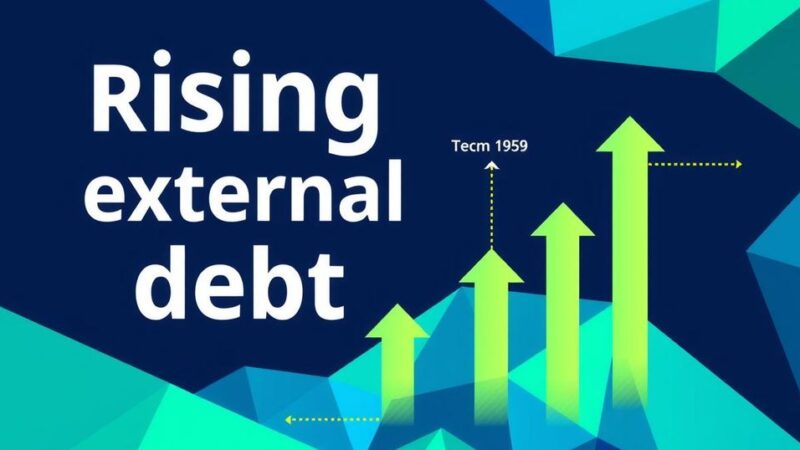Kenya has approached the IMF for a new funding program after failing to complete the final review of an existing facility worth $800 million. The current $3.6 billion program expires on April 1, 2025, leaving a budget gap. The government has struggled with fiscal benchmarks and anticipates a fiscal deficit of about 4.9% of GDP in the current year.
Kenya has sought a new funding program from the International Monetary Fund (IMF) due to the decision not to proceed with the final review of its existing facility, which would have released $800 million. This ongoing $3.6 billion program, initiated in response to the economic challenges posed by the Covid-19 pandemic, is set to conclude on April 1, 2025, leaving the country with a potential budget-deficit issue without the anticipated disbursement.
According to the IMF, there has been a mutual understanding between Kenyan authorities and its staff that the ninth review of the current extended fund facility will not advance. The Fund has received an official request for a new program from Kenya, indicating a willingness to collaborate moving forward.
The current program has seen Kenya struggle to meet essential goals, including reducing its fiscal deficit and implementing effective revenue-generating strategies. Previous attempts at reforming tax measures have sparked widespread protests, resulting in numerous fatalities last year.
In a strategic move last month, Kenya repurchased select eurobonds and issued long-dated securities, intending to use approximately $950 million to pay off high-interest syndicated loans owed to the Trade and Development Bank. Additionally, Kenya awaits the complete disbursement of $1.5 billion from the United Arab Emirates, which had originally been planned for distribution in two installments.
Treasury Secretary John Mbadi noted last year that the IMF had raised concerns about the UAE loan potentially exposing Kenya to foreign exchange volatility and exceeding its commercial borrowing limits for the fiscal year. The Kenyan government, preparing for the budget year commencing in July, aims to decrease the share of foreign loans to about 18% of the total due to reduced receipts from the IMF. The projected fiscal gap is approximately 4.9% of GDP this fiscal year, narrowing to 4.3% in the following year.
In conclusion, Kenya’s request for a new IMF program signals a response to unmet fiscal benchmarks and unresolved financing gaps. With the current funding facility set to expire soon, the government is exploring alternatives to mitigate its fiscal deficit and manage its foreign borrowing more prudently. Ongoing concerns regarding external loans and their associated risks highlight the critical nature of Kenya’s fiscal planning and economic recovery efforts.
Original Source: www.livemint.com






